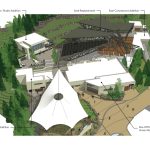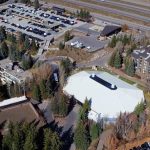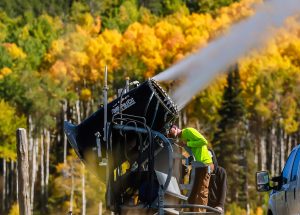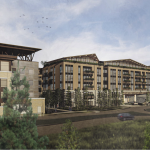Alpine Bank has grown from modest beginnings
Alpine Bank has grown, but carefully, over 50 years

Alpine Bank/courtesy photo
- Carbondale (the first location): 726
- Glenwood Springs: 4,106
- Eagle: 790
- Vail: 484
Rod Slifer didn’t know anything about banking in 1973. But he knew there wasn’t a local bank in Vail.
Slifer, one of the first people in Vail, in 1973 was approached to join the board of the then-new Alpine Bank and its satellite locations. Back then, bank locations all required separate state charters. The new bank, founded by Bob Young, was looking to open a location in Vail, and asked Slifer to join the board.
“They called me and said ‘we’re going to come to Vail with our product, and we’d like to have someone in Vail be on our board,'” Slifer recalled. Real estate was — and remains — Slifer’s business.
“I know nothing about banking,” Slifer replied. “They said, ‘That’s OK, we’ll tell you.”
Slifer, along with most folks in the still-fledgling resort town, relied on Denver-based banks for their financial business. With a local bank in town, “we were able to get locals to have a bank they could rely on,” Slifer recalled.

Support Local Journalism
Slifer remains an Alpine Bank board member, and a bank customer.
Alpine Bank in its first years decided to be where other banks weren’t, and opened in small towns around the Western Slope. And Young wanted all those institutions to be deeply connected to the community.
At the ribbon-cutting for the first Alpine Bank in Carbondale, the ribbon was festooned with 50 silver dollars, which were then given to help the town’s parks.
Employee loyalty
Michael Brown is a regional vice president at Alpine Bank, and is based in Avon. He’s worked for the organization for 32 years now. Not bad for someone who didn’t set out to be a banker.
Brown started as a part-time teller in the Aspen branch, the job helping support his skiing habit.
But Brown stayed, for a couple of reasons.
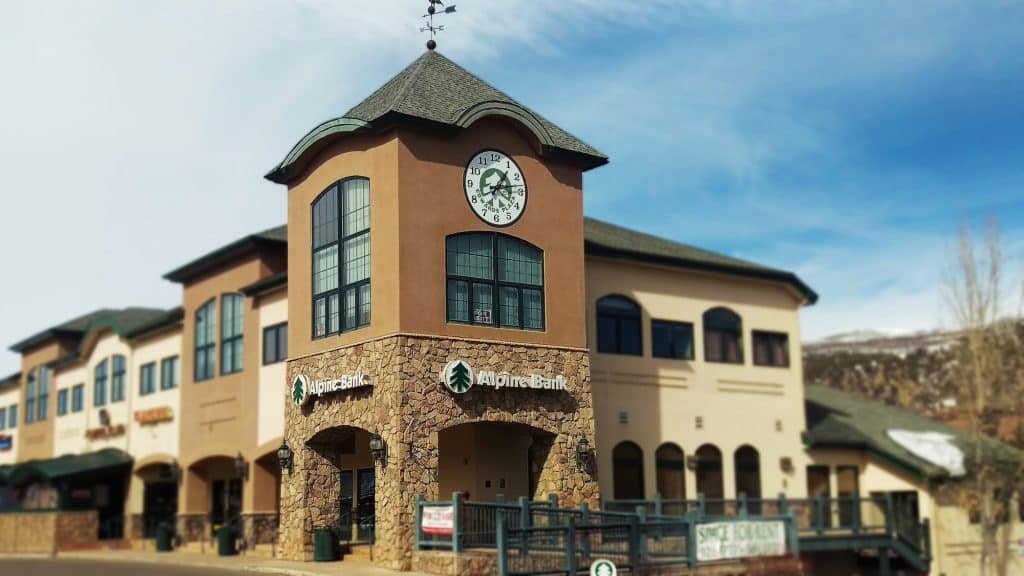
Alpine50-VDN031623-1
First is the people. “The culture is fantastic,” Brown said. There’s also the opportunity to serve customers.”
Grant Murphy has been with Alpine nearly as long as Brown — 25 years. He started fresh out of college at what’s now Colorado Mesa University, and is now a senior vice president and the branch manager at the bank’s Eagle location.
Murphy opened the now-closed Gypsum branch but stuck with Alpine.
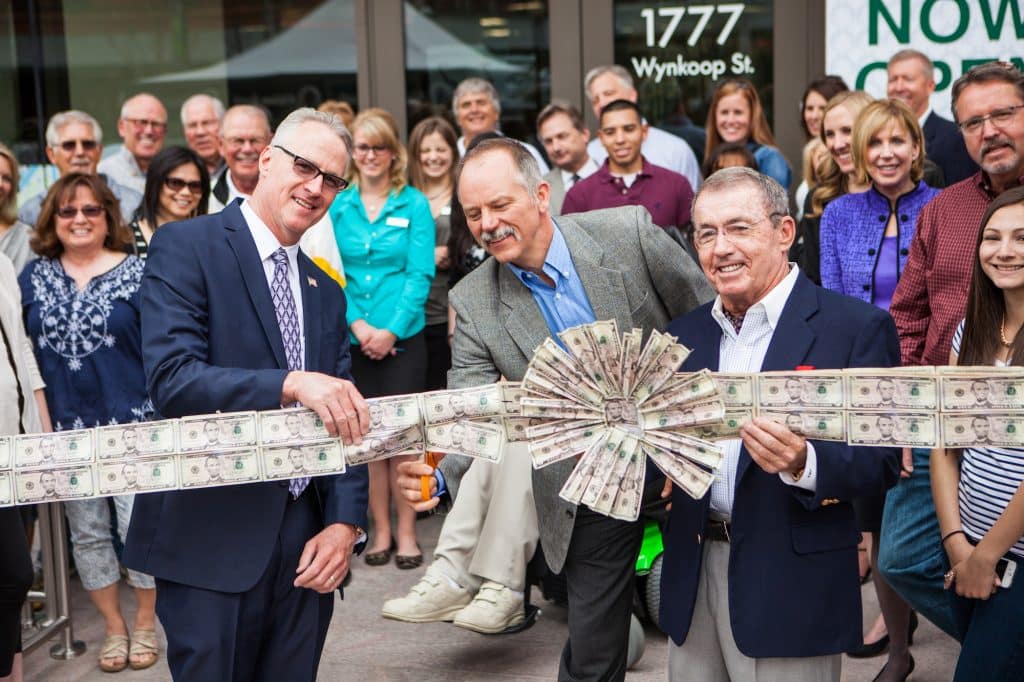
Alpine50-VDN-031623-2
Like Brown, it’s the work culture that keeps him with the firm.
“A company could set all kinds of standards and rules, but if the people you work with aren’t fun to be around, you’re probably not going to be there (for long),” Murphy said.
Banking has changed significantly over the years due to technology, particularly mobile banking. But customers can still talk to other humans if needed.
“In the end, banking is a people business… it’s me dealing with you,” Murphy said. “That’s been a bedrock of Alpine.”
During the depths of the COVID-19 pandemic, Brown said the banks remained open, and morale suffered among workers who were asked to stay home. But, “98% of the staff never worked remotely,” Brown said. “That really strengthened their loyalty to each other.”
The loyalty to both customers and employees is reflected in the bank’s slow-growth approach.
“We’re privately owned, and that’s kept us out of the corporate, Wall Street listings … where sometimes earnings are more important than long-term growth,” Murphy said.
Alpine employees are the largest shareholders in the business, meaning the bank will remain privately owned.
Community loyalty
The bank’s dedication to the community shows up in loyalty debit cards, in which Alpine donates 10 cents from every transaction to various causes. The bank this year has a goal of $2.5 million in donations. Just in the Vail Valley, those 10-cent transactions added up to about $154,000 in donations.
That community involvement has also included helping people hurt by federal shenanigans.
During a couple of federal government shutdowns, Alpine has offered federal employees no-interest loans, to be repaid when federal paychecks started flowing again.
Brown noted there are a number of federal offices in Western Colorado. During the last shutdown, Alpine had a Front Range location.
“We talked to a lot of federal workers from the Front Range to Grand Junction,” Brown said.
The default rate was “very low,” on those emergency loans, Brown said.
“The affected workers really appreciated what we did for them,” he added.
So did customers, which is why Alpine expanded last year into Fort Collins and Colorado Springs.
Growth for a regional bank can be tricky.
Brown noted that there’s competition from both bank companies with multiple branches and on-line institutions.
The difference at Alpine is “We’re there for primarily local customers who not only needs or wants a loan… but want a relationship with a bank they can count on.
“Even with the advance of technology, there will still be a need (for people),” Brown added. “That’s what we provide.”



